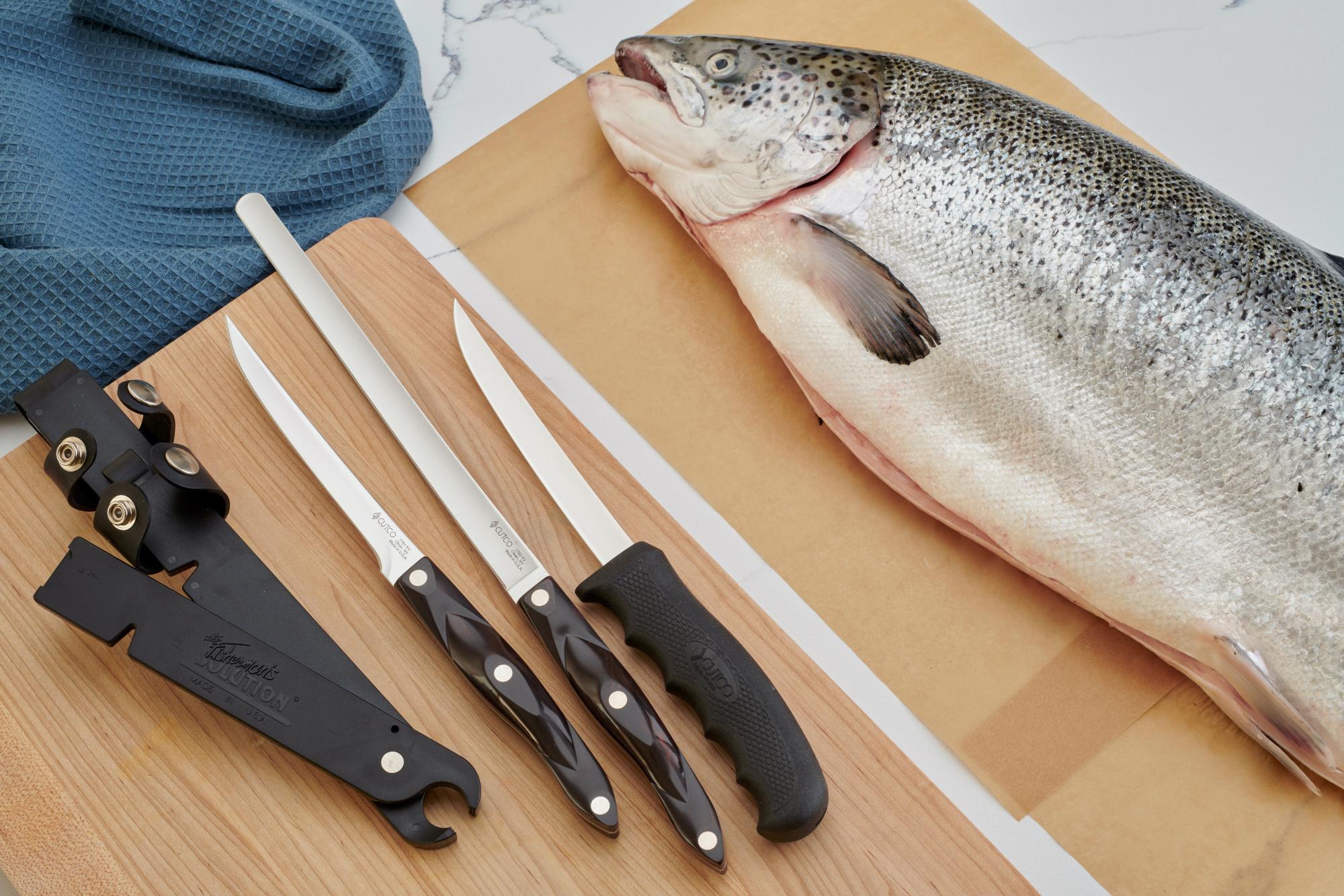How to Eat Dosa with Fork and Knife Without Messing Up
Written By James Morgan
When it comes to enjoying traditional Indian cuisine, one dish that never fails to impress is the dosa. But if youre new to this delicious rice and lentil crepe, you might be wondering how to eat dosa with fork and knife. This age-old question often puzzles many food enthusiasts, especially those who are more accustomed to barbecue tools than the delicate nuances of Indian culinary etiquette.

Why Use a Fork and Knife?
Indian food is often enjoyed with hands, capturing the full sensory experience. But there are situations where using utensils becomes preferable. Imagine being at a business lunch or an upscale restaurant where using your hands might not be the best option. Heres a comprehensive guide to mastering the art of eating dosa with a fork and knife, targeted especially towards barbecue enthusiasts who appreciate the skill involved in using the right tools.
Choosing the Right Utensils
Just as using the right knife can make a difference in preparing a perfect barbecue, the same applies to eating a dosa. A well-balanced fork and a moderately sharp knife can go a long way. Opt for a knife thats not too serrated to avoid tearing the delicate crepe.
Preparing for the First Cut
Place the dosa flat on your plate, ensuring you have some of the accompanying chutneys and sambar nearby. Hold the knife in your dominant hand and the fork in the other. Make a small incision at the edge of the dosa and gently lift it up with the fork.

Mastering the Art of the Cut
The trick to cutting a dosa without making a mess is to use a gentle sawing motion. Unlike steak, dosas dont require pressure to cut through. Gently slice through, lifting small sections at a time.
Dipping and Savoring
The true essence of a dosa lies in its accompaniments. Immediately after cutting a piece, dip it into the chutney or sambar. Use your knife to assist in gathering up the dip if necessary. This method ensures that each bite is packed with flavor.
Practice Makes Perfect
Just like perfecting your barbecue techniques, eating a dosa with a fork and knife might take some practice. Start with small, manageable pieces and gradually work your way to larger sections.

Common Mistakes to Avoid
One common mistake is pressing too hard with the knife. The dosa is delicate and should be handled gently. Another pitfall to avoid is overloading your fork with too much chutney or sambar, making it difficult to manage.
Bringing Barbecue Skills to the Table
Your barbecue skills are more transferable than you might think. The precision with which you handle your barbecue tools can be applied here. Think of the fork and knife as an extension of tongs and spatulas.
For further guidance on knife techniques, you might find this external resource useful.
FAQs
Do I need a special fork or knife?
No, a standard set of utensils will work as long as the knife isnt too serrated.
What if I find it difficult to cut the dosa?
Practice makes perfect. Use a gentle sawing motion and avoid pressing too hard.
Can I eat dosa with my hands?
Absolutely! Eating with hands is the traditional way, but using a fork and knife is useful in formal settings.
As an Amazon Associate, I earn from qualifying purchases.



